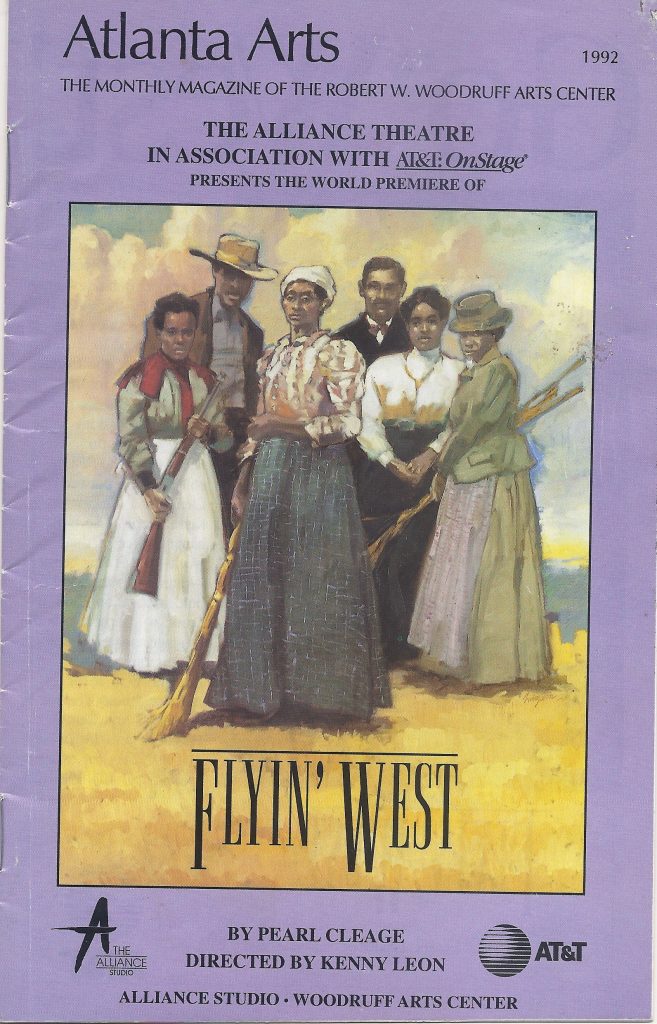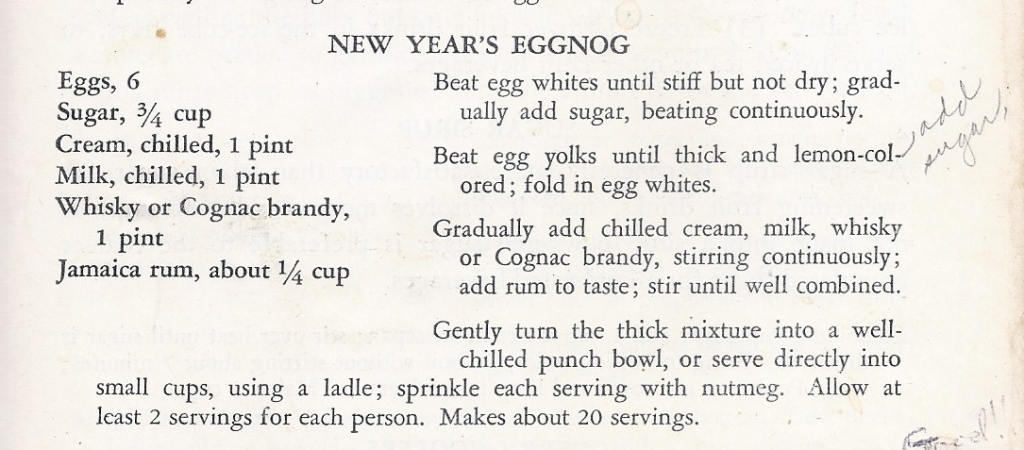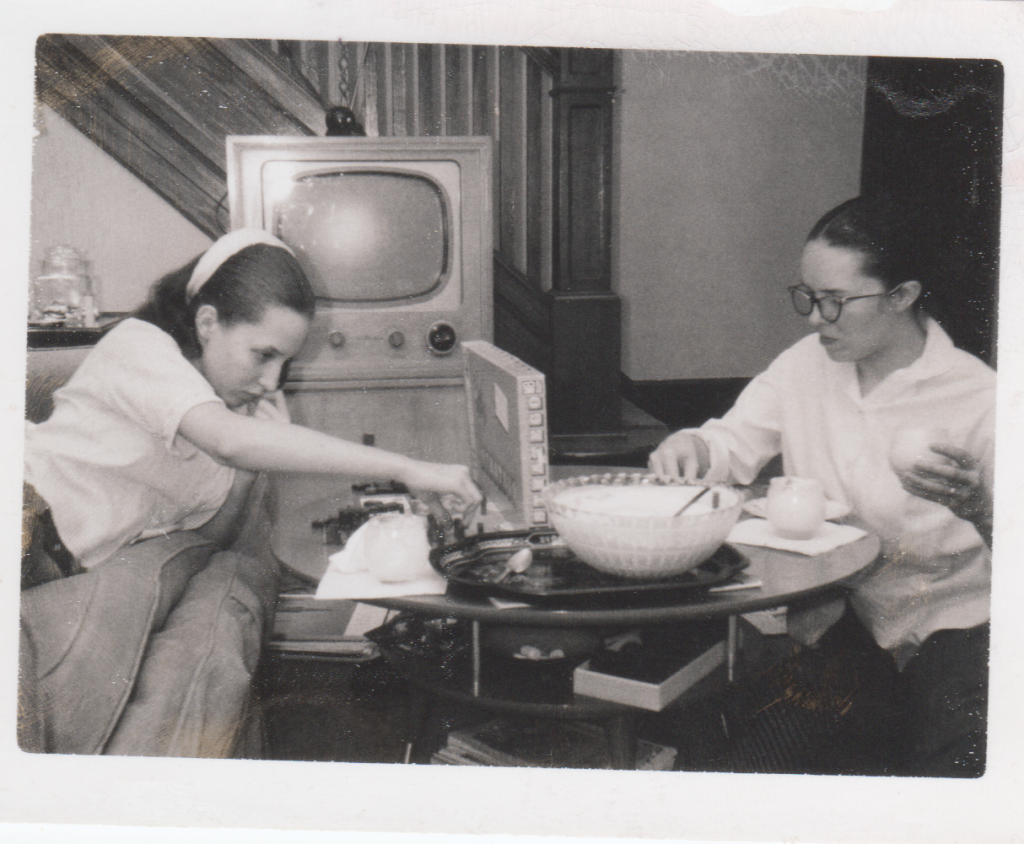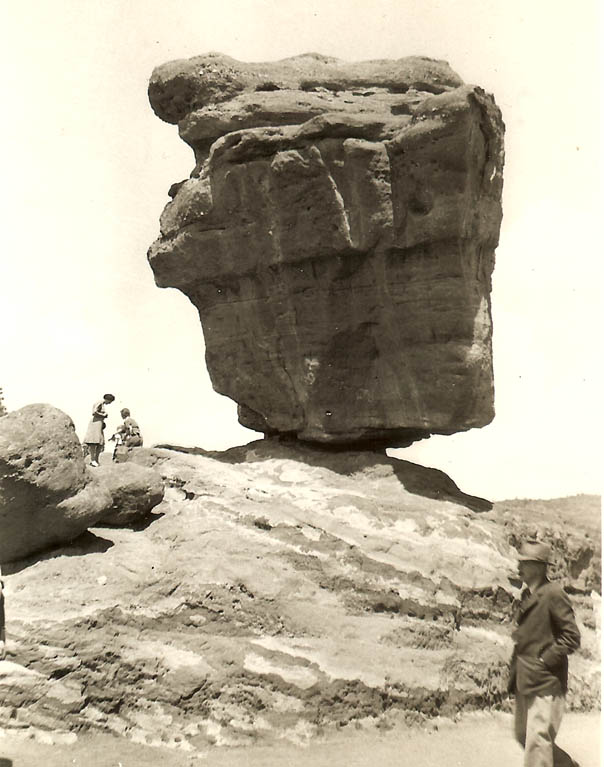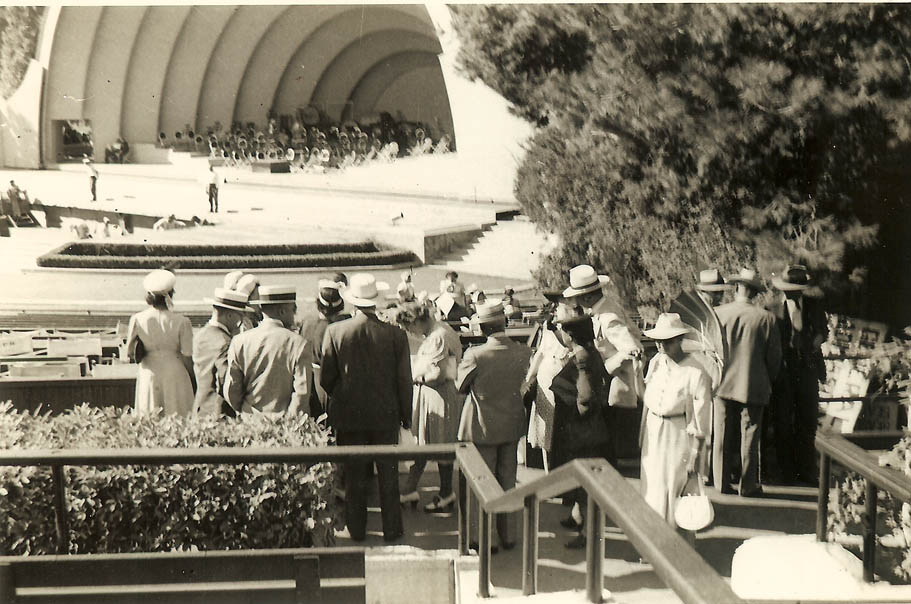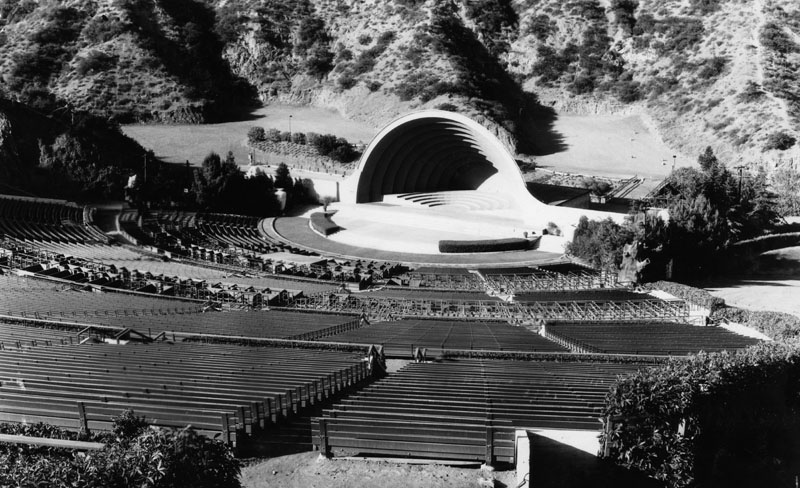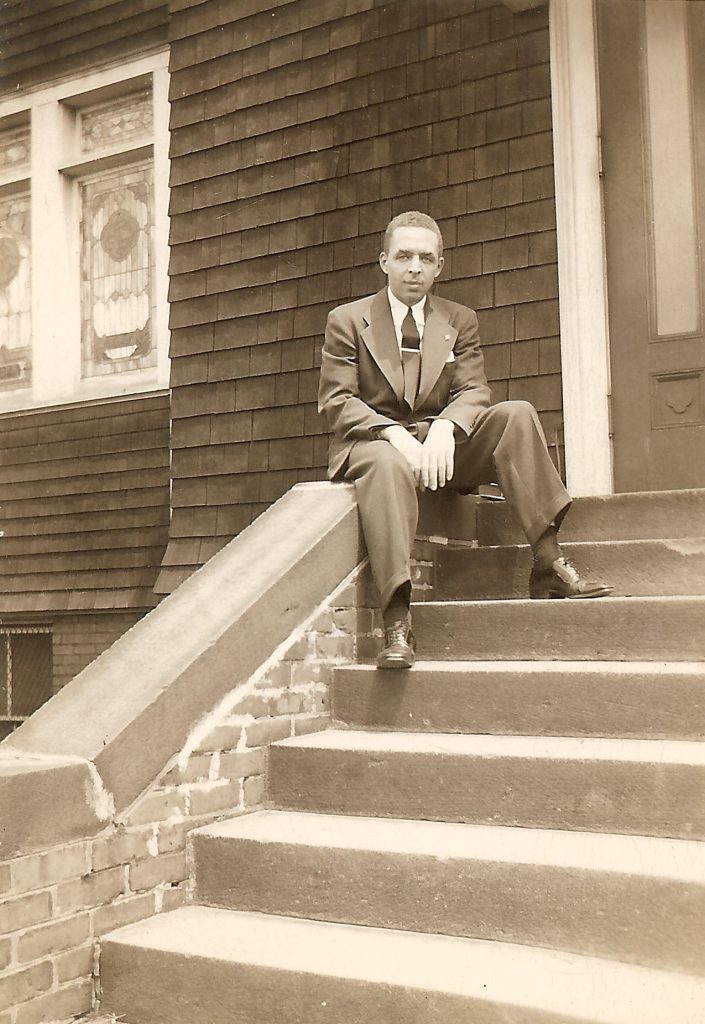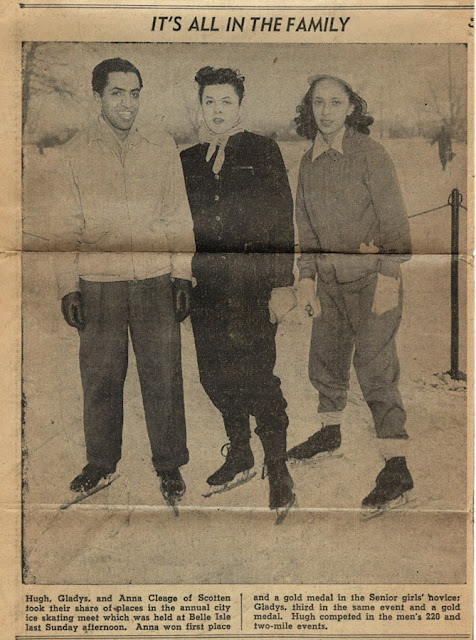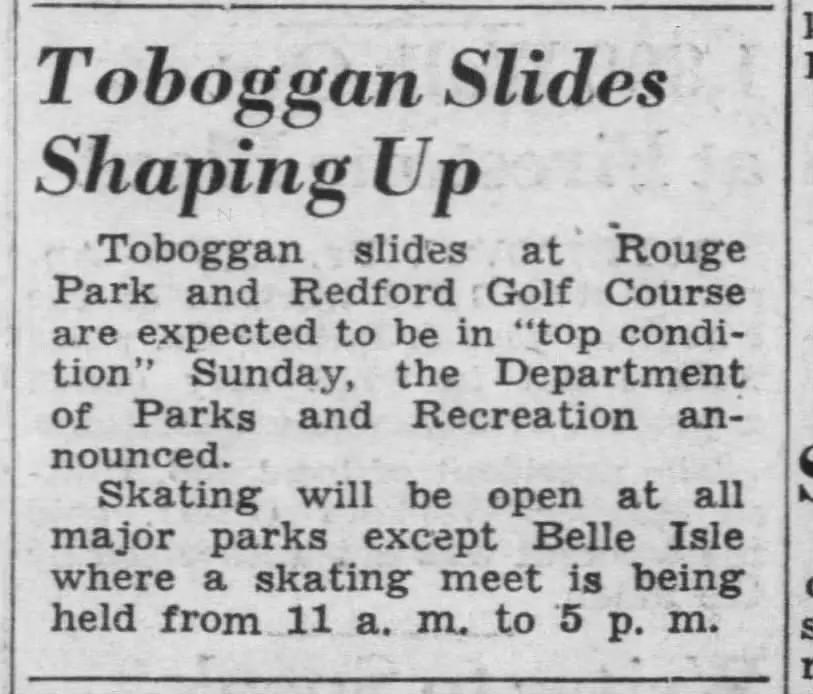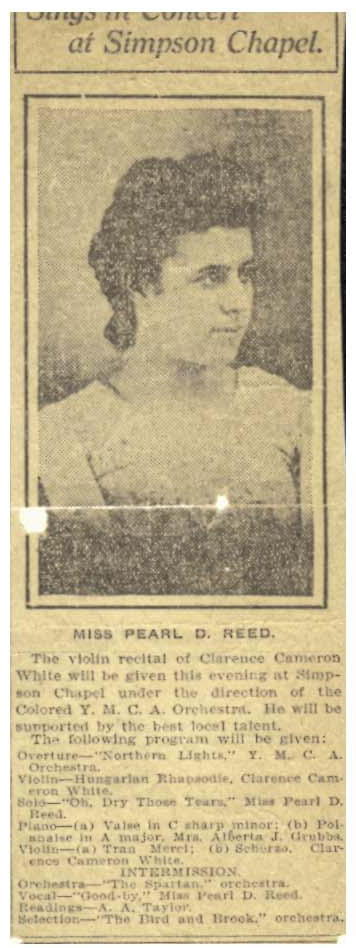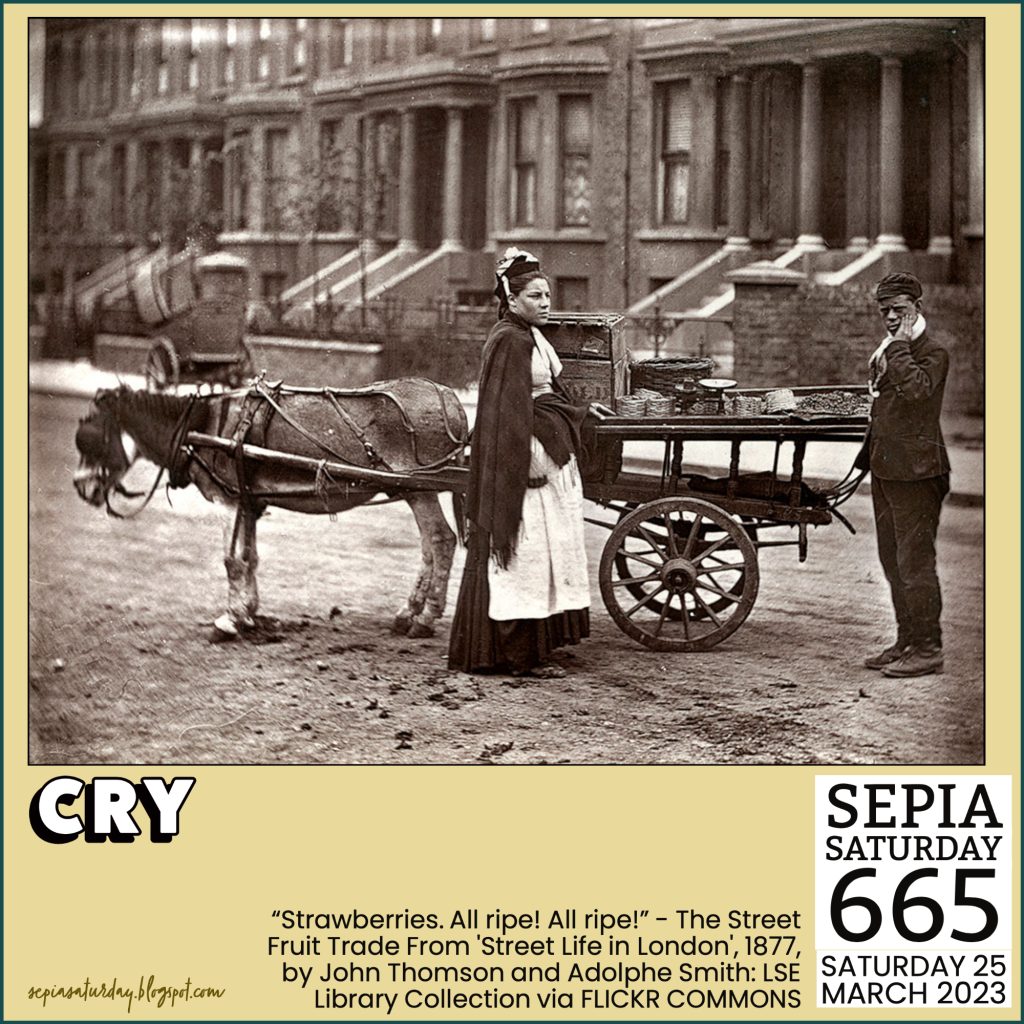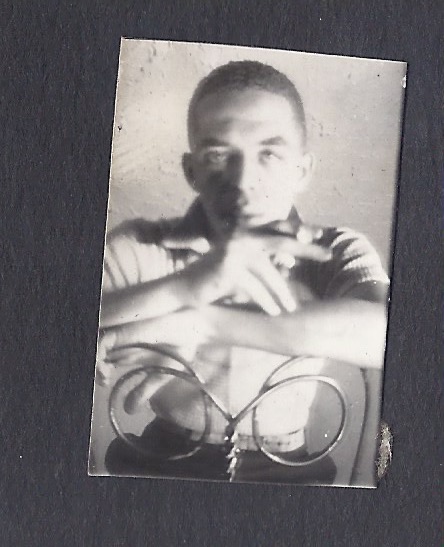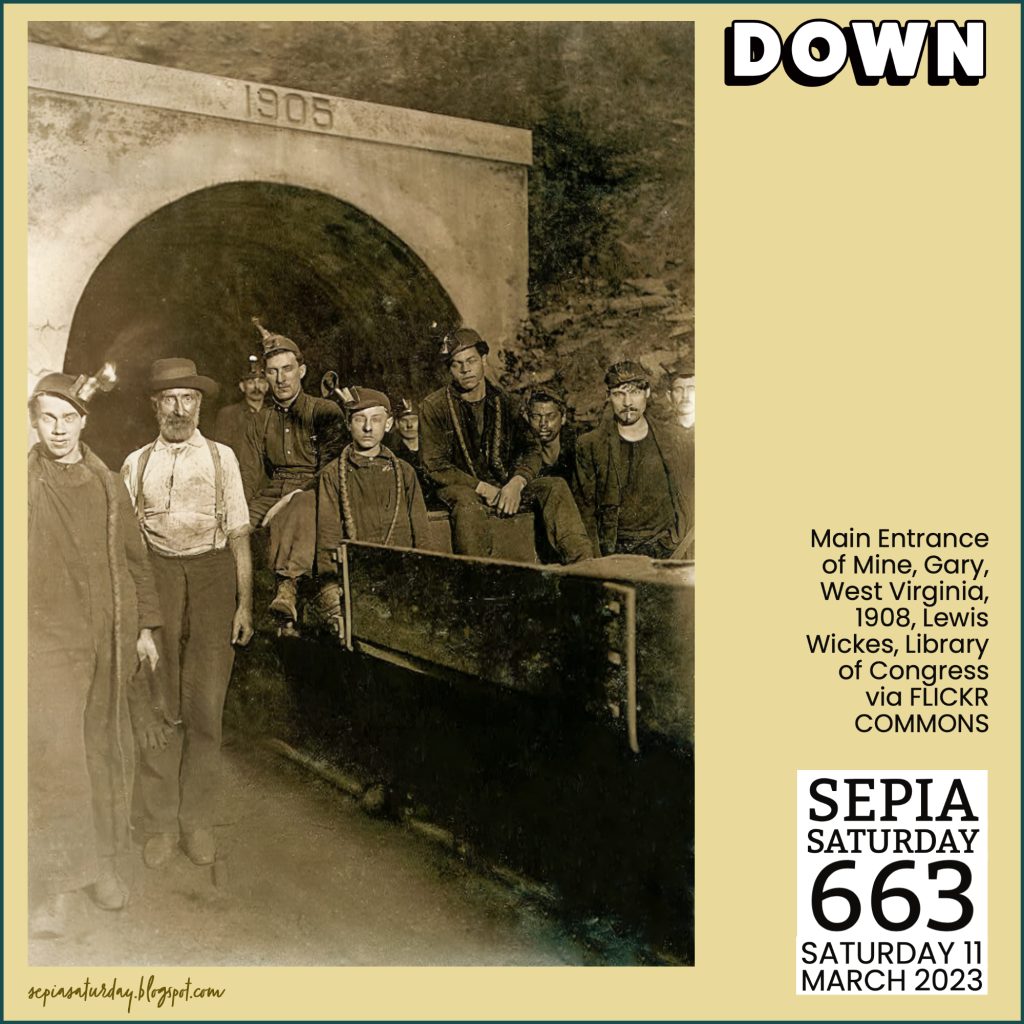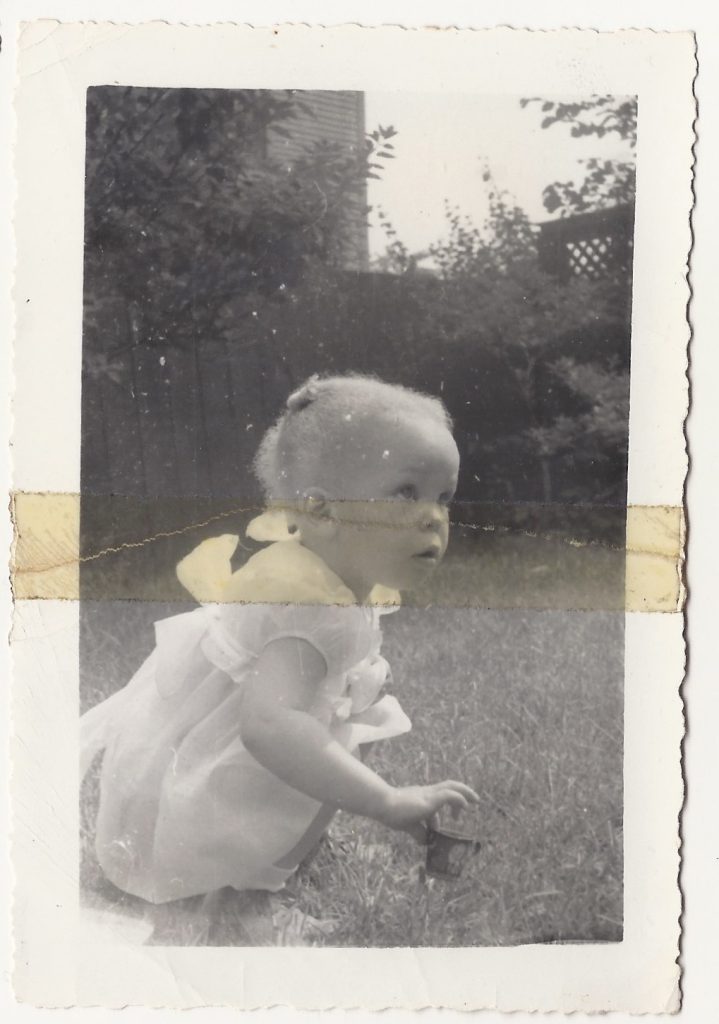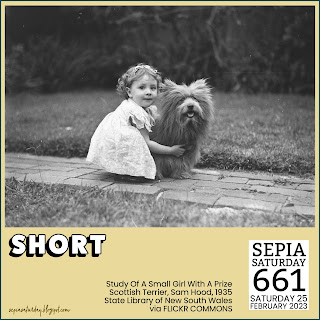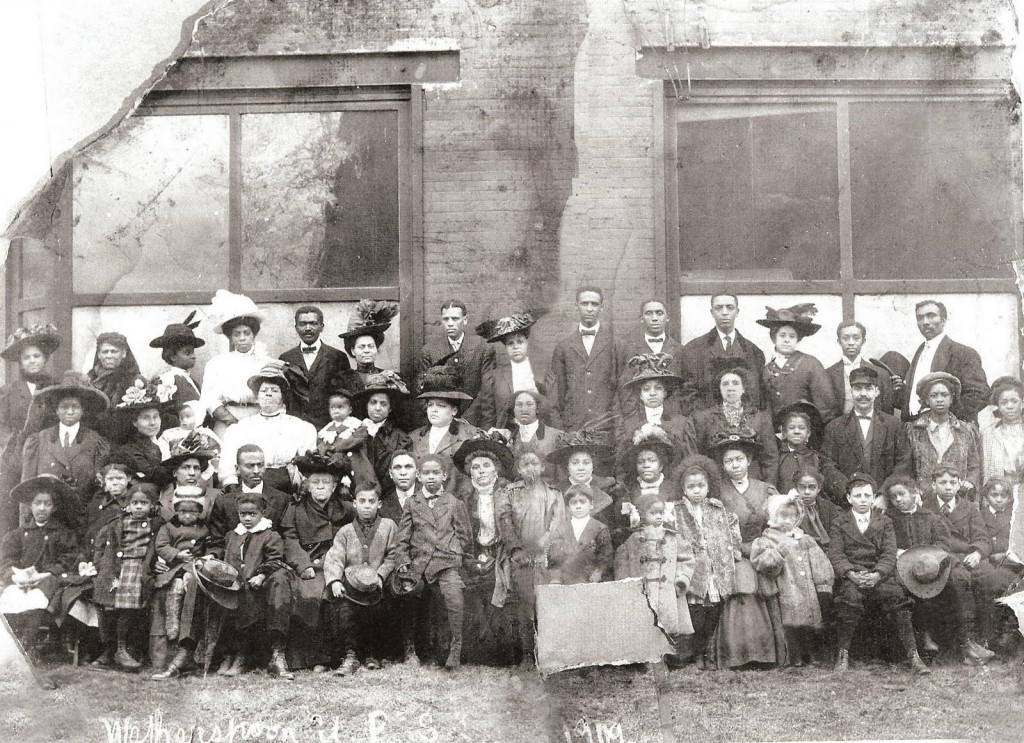
This is a photograph of the congregation of Witherspoon United Presbyterian Church in Indianapolis, IN in 1909, two years after they organized. This photograph is from the personal collection of my cousin Vivian Vaughn McDonald. My grandmother Pearl Reed Cleage is the third person on the top right. My grandfather, Albert Cleage is next to her. They wouldn’t be married for two more years. Next to Albert is his brother Jacob and next to him is their brother Henry. Directly in front of my grandfather Albert is Jacob’s wife, Gertrude.
I was told that my grandfather’s sister Josephine, also a church member, was not there for the photograph, but was home pregnant with Hattie Ruth, the youngest of her five children. Her husband, James Cleage stands four people to the left of Henry. James Cleage was from a different branch of Cleages. In the second row, second from the right, is Henrietta Cleage, oldest daughter of James and Josephine.
In the 1909 Indianapolis City Directory Witherspoon United Presbyterian Church is listed as located in Realty Hall with Rev. David White as Pastor. I wonder if he is in this photograph and if so, which one he is?
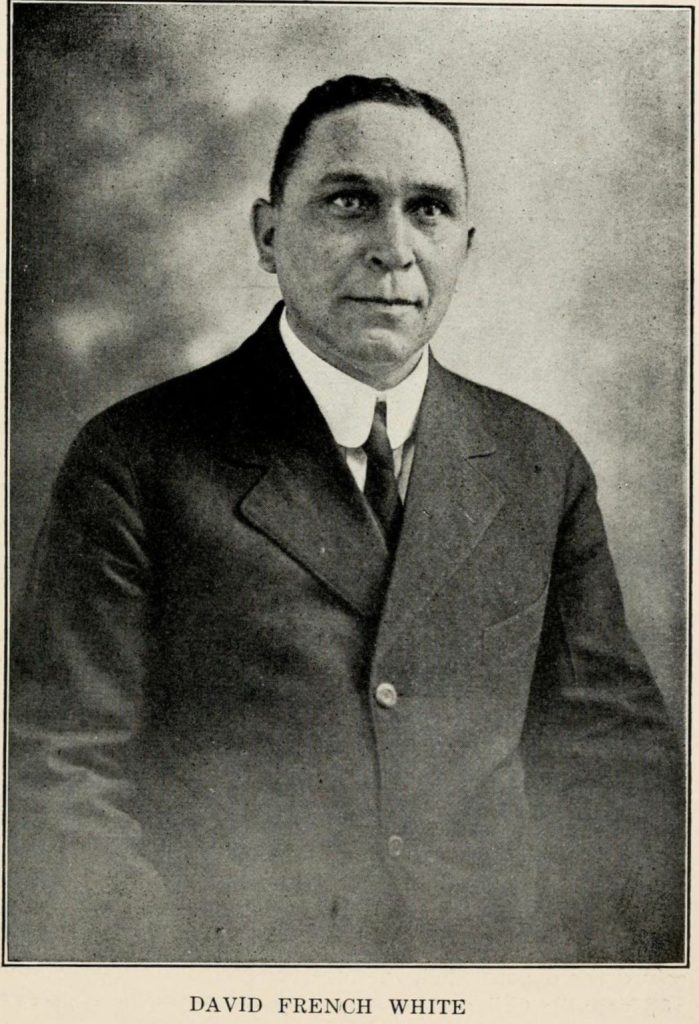
I finally found a photograph of Rev. David French White! He was older, but I think he is the man in the front row holding two boys on his knees, seventh from the left. What do you think?
The history below was from the Witherspoon web page, however they have taken the history section down. My grandparents, Albert Cleage and Pearl Reed, are both listed as founders.
On April 30, 1907 the Presbytery of Indiana of the United Presbyterian Church held a called meeting at Realty Hall in response to a petition signed by 31 persons asking to be organized into a United Presbyterian congregation.
Begins With 31 Members
Prof. David Graham of Rushville was moderator and Rev. W. W. McCall of Greensburg was secretary. Other members present were Rev. Fred W. Schmuch of Milroy, Rev. N. B. McClung of Vevay, Rev. Mr. McDill of Madison, and Dr. Cowan of Indianapolis.
The petition was discussed at some length. By unanimous vote an organization was decided upon. The 31 members who signed the petition were as follows: Henry W. Cleage, Mrs. Carrie Perkins, Mrs. Emma Moore, A. T. Roney, Mrs. Cora Donann, Mrs. Cathern Crenshaw, Mrs. Daisy L. Brabham, Albert Cleage, Mrs. Gertrude Cleage, James Myers, Mrs. A. L. McElrath, O. F. Dennis, Mrs. Hattie Mitchell, H. M. Mitchell, Mrs. Theresa Finley, Othello Finley, Miss Edith Finley, Miss Luell E. Hibbett, Mrs. Mary Peterson, Mrs. Anna Bowman, John T. Fox, Miss Pearl Reed, Thomas H. Bransford, Mrs. O. F. Dennis, Miss Alice Mathews, Miss Hilda Reeder, W. J. Perkins, Henry Moore and H. L. Hummons.

